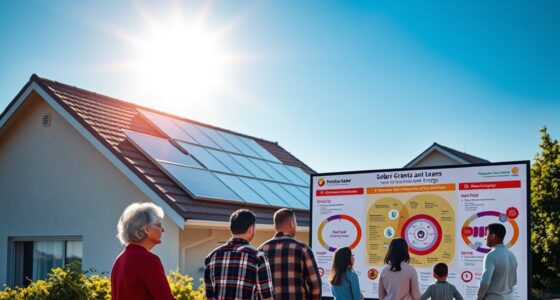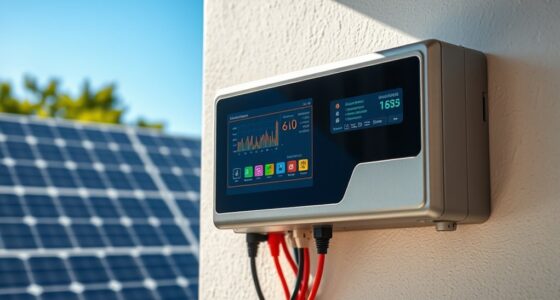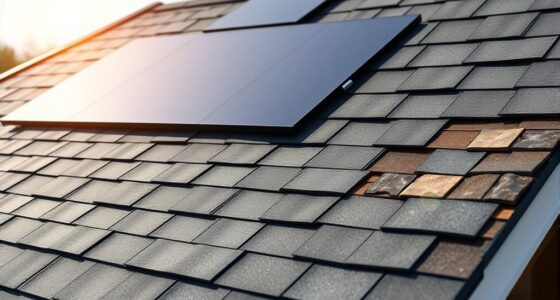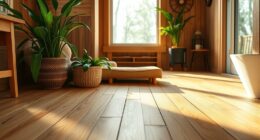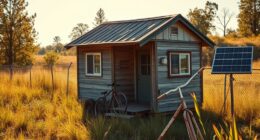Hello! If you’re curious about the perfect gravel depth for your small house, I have the information you need.
In this article, we’ll dive into the factors that influence the gravel depth, including soil type, climate, and the size of your tiny house. By understanding these elements, you’ll be able to determine the perfect amount of gravel needed to create a stable foundation.
So, let’s get started and make sure your tiny house is built on solid ground!
Key Takeaways
- Soil type, such as sandy or clayey, influences the appropriate gravel depth for a stable foundation.
- Areas with heavy rainfall require a deeper gravel depth for proper drainage.
- Soil composition on the building site plays a crucial role in determining the depth of gravel needed for a solid foundation.
- The size, weight, and layout of the tiny house, along with soil composition, determine the amount of gravel needed for the foundation.
Factors Affecting Gravel Depth for Tiny Houses
When planning the gravel depth for my tiny house, I need to consider factors such as the type of soil and the level of rainfall in my area.
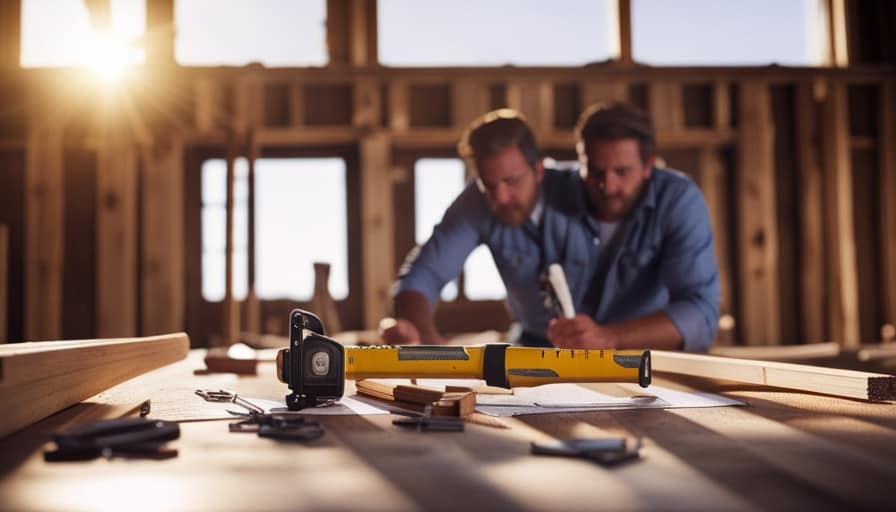
The soil composition plays a crucial role in determining the appropriate gravel depth. Different types of soil have varying levels of permeability, affecting how well water drains through it. Sandy soils, for example, have larger particles and better drainage capabilities compared to clay soils, which have smaller particles and tend to retain more water.
Additionally, the level of rainfall in my area is essential to determine the amount of water that needs to be drained away from the foundation of my tiny house. Areas with heavy rainfall require a deeper gravel depth to ensure proper drainage and prevent water damage.
Understanding Soil Type and Its Impact on Gravel Depth
As I assess the appropriate gravel depth for my tiny house, I need to understand the soil type and how it impacts the stability of the foundation. Soil composition plays a crucial role in determining the depth of gravel needed for a solid foundation. Different soil types have varying load-bearing capacities, which can affect the overall stability of the house.
For instance, clayey soils tend to retain more moisture and expand when wet, leading to potential foundation issues. On the other hand, sandy soils have lower load-bearing capacities and require more gravel for compaction. Therefore, it’s essential to evaluate the soil composition on the building site to determine the appropriate gravel depth required for optimal stability and support.
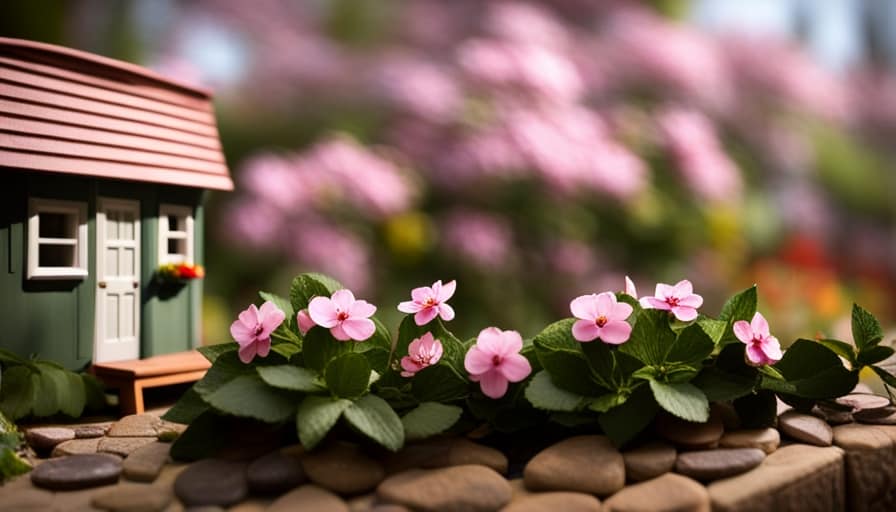
Understanding the impact of soil type on the foundation is crucial for ensuring the long-term durability of my tiny house. Moving forward, let’s explore the climate considerations for determining gravel depth.
Climate Considerations for Determining Gravel Depth
To ensure the stability of my tiny house, I must consider both the climate and the appropriate gravel depth for the foundation.
Climate plays a crucial role in determining the depth of gravel needed for the foundation. In regions with heavy rainfall or high levels of moisture, a deeper layer of gravel may be necessary to ensure proper drainage. This is because excessive moisture can lead to soil erosion and instability, which can compromise the integrity of the foundation.
Additionally, the soil composition in different climates can affect the drainage requirements. For instance, in areas with clayey soil that retains water, a thicker layer of gravel may be needed to promote better drainage.
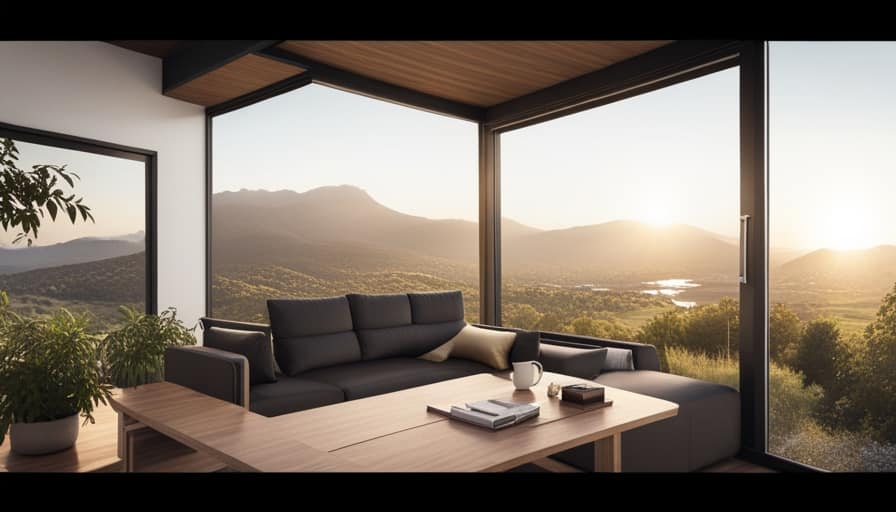
Understanding the climate and soil composition is essential for determining the optimal gravel depth for the foundation of my tiny house.
Sizing up Your Tiny House: How It Influences Gravel Depth
The size of my tiny house and its layout will determine the amount of gravel needed for the foundation. It’s crucial to consider these factors to ensure a stable and secure foundation for your tiny house.
Here are some key points to keep in mind:
-
Square footage: The larger the tiny house, the more gravel you’ll need to support its weight and distribute it evenly. A smaller tiny house may require a shallower layer of gravel.
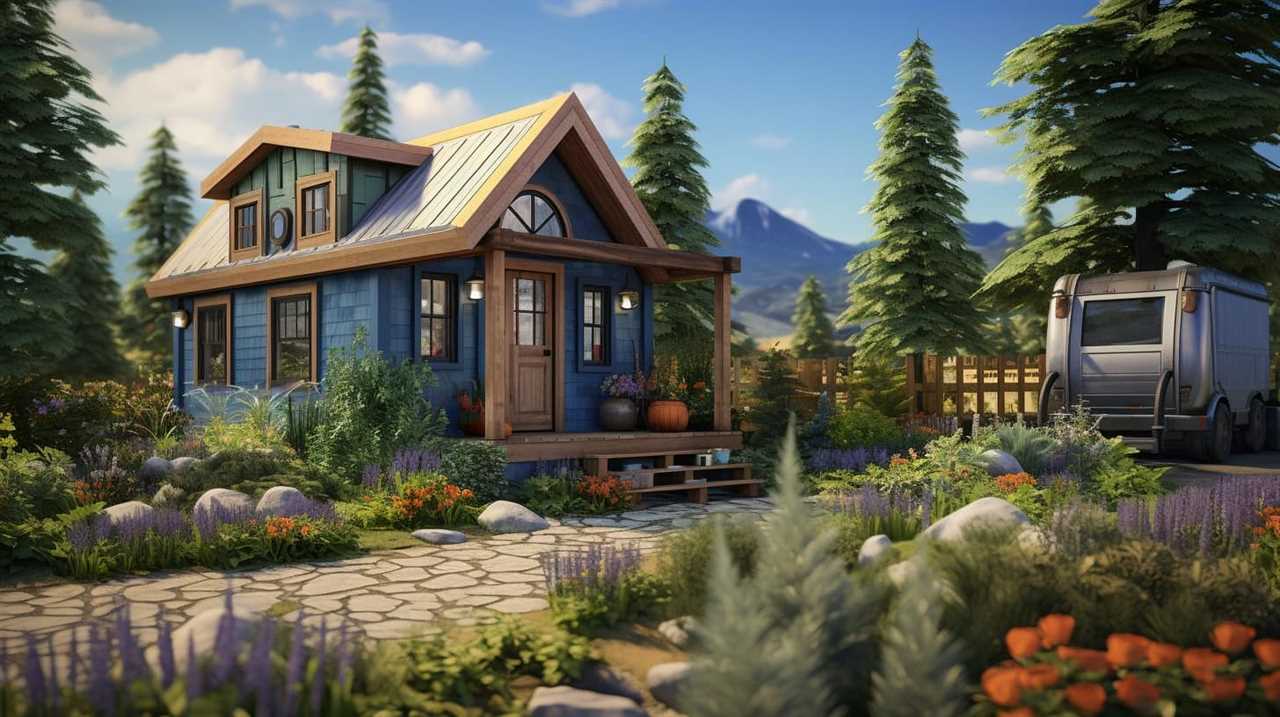
-
Height and weight: Taller and heavier tiny houses will exert more pressure on the foundation, necessitating a thicker layer of gravel to provide adequate support.
-
Soil composition: The type of soil in your location affects the stability of the foundation. Rocky or sandy soil may require less gravel, while clay or loamy soil may need a deeper layer for proper drainage and stability.
-
Weight distribution: Consider the placement of heavy furniture, appliances, and utilities within your tiny house. Ensure that the gravel depth accounts for the concentration of weight in specific areas.
Determining the Perfect Amount of Gravel for a Stable Foundation
My tiny house’s size and weight, along with the composition of the soil, will help determine how much gravel is needed for a stable foundation. When considering the perfect amount of gravel, it’s important to take into account the impact of moisture on the depth required.

Moisture can cause the soil to expand or contract, potentially affecting the stability of the foundation. A deeper layer of gravel can provide better drainage and help prevent the soil from becoming saturated.
Additionally, cost considerations should be taken into account when determining the gravel depth. While a thicker layer of gravel may offer additional stability, it can also increase the overall cost of the project.
It’s important to strike a balance between stability and budget to ensure a solid foundation for your tiny house.
Frequently Asked Questions
How Much Does Gravel Typically Cost per Square Foot for a Tiny House Foundation?
Gravel costs for a tiny house foundation can vary depending on location and quality. However, it is important to consider cost comparisons with alternative materials such as concrete or pavers before making a decision.
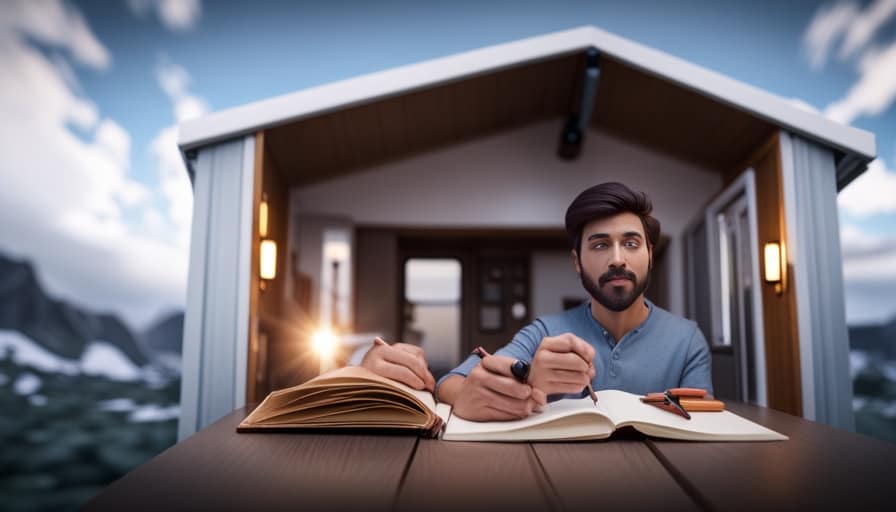
Can I Use a Different Material Instead of Gravel for My Tiny House Foundation?
Using alternative materials for a tiny house foundation is possible, but it’s important to consider the pros and cons. While gravel is commonly used for its stability and drainage, other options like concrete or compacted soil may require additional steps and maintenance.
Are There Any Regulations or Permits Required for Adding Gravel to My Tiny House Foundation?
There may be regulations and permits required for adding gravel to a tiny house foundation. It is important to consult with local authorities to ensure compliance with any applicable rules and regulations.
How Often Should I Inspect and Maintain the Gravel Foundation of My Tiny House?
I inspect and maintain my tiny house’s gravel foundation regularly to ensure its stability and longevity. This involves checking for erosion, leveling any uneven areas, and adding more gravel as needed.
Can I Add More Gravel to My Foundation in the Future if I Decide to Expand My Tiny House?
Yes, you can absolutely add more gravel to your foundation in the future if you decide to expand your tiny house. It’s important to ensure a solid and stable base for any future modifications.

Conclusion
In the intricate tapestry of building a tiny house, the depth of gravel required for the foundation is like the roots that anchor a tree. It must be carefully determined based on factors such as soil type, climate, and the size of the house itself.
Just as each tree requires a specific depth of roots to thrive, so too does a tiny house need the perfect amount of gravel to create a stable foundation, ensuring a sturdy and secure home.
I’m Theodore, and I love tiny houses. In fact, I’m the author of Tiny House 43, a book about tiny houses that are also tree houses. I think they’re magical places where imaginations can run wild and adventures are just waiting to happen.
While tree houses are often associated with childhood, they can be the perfect adult retreat. They offer a cozy space to relax and unwind, surrounded by nature. And since they’re typically built on stilts or raised platforms, they offer stunning views that traditional homes simply can’t match.
If you’re looking for a unique and romantic getaway, a tree house tiny house might just be the perfect option.




